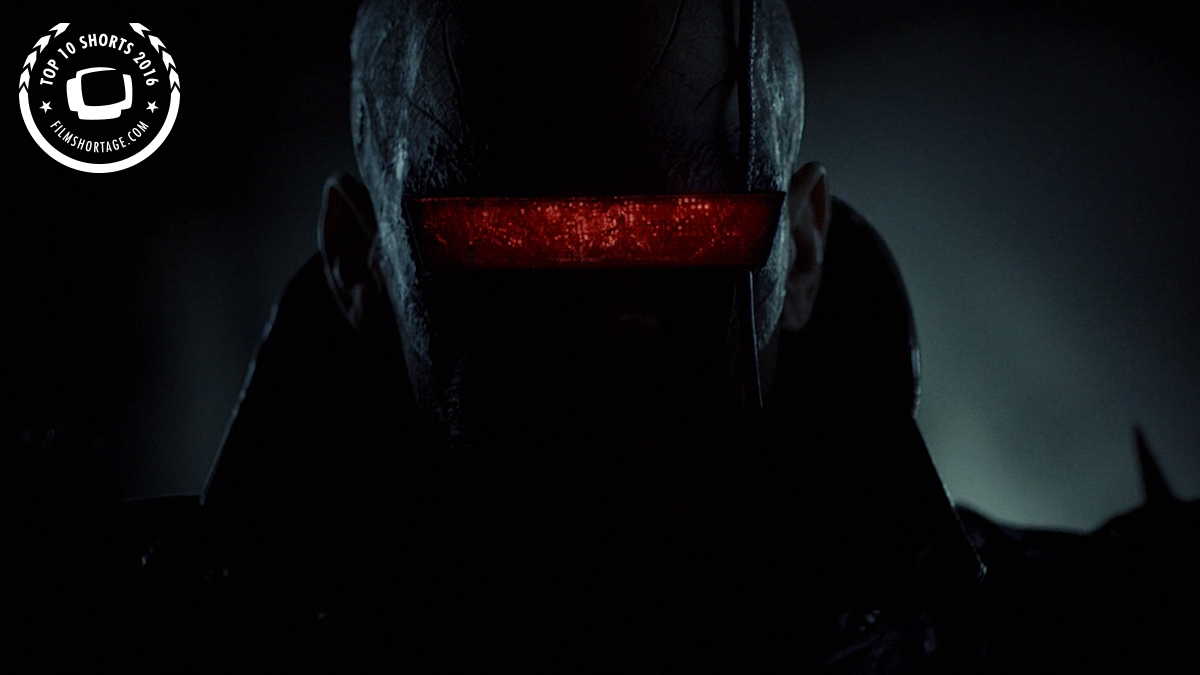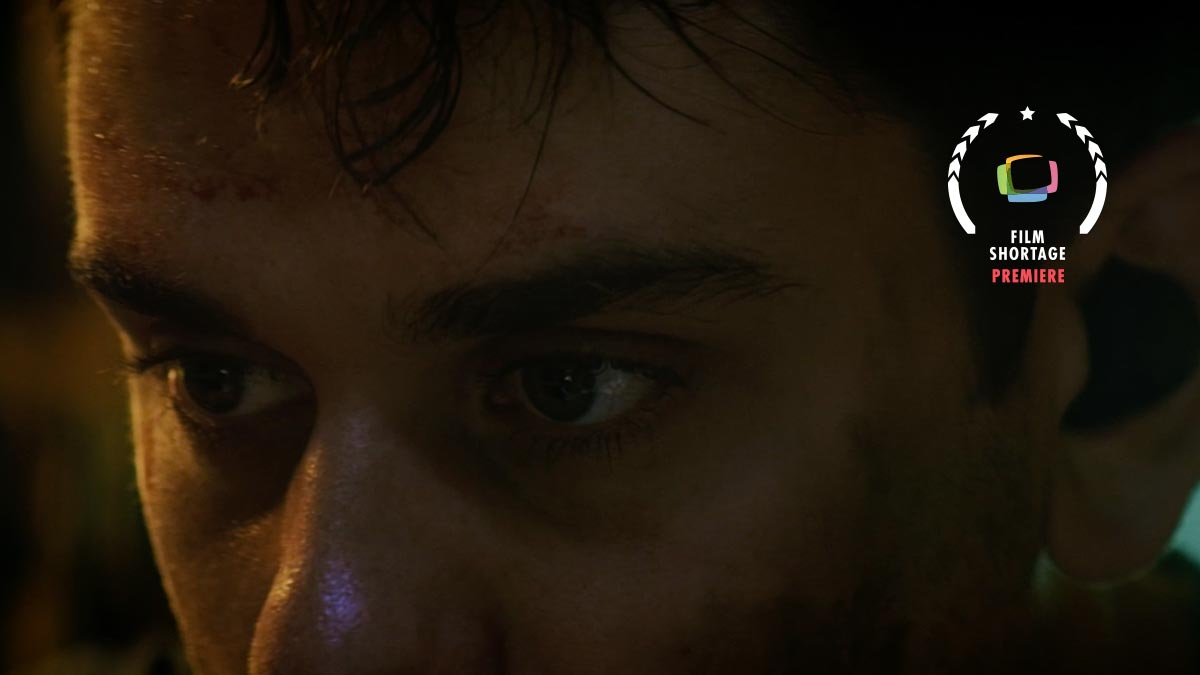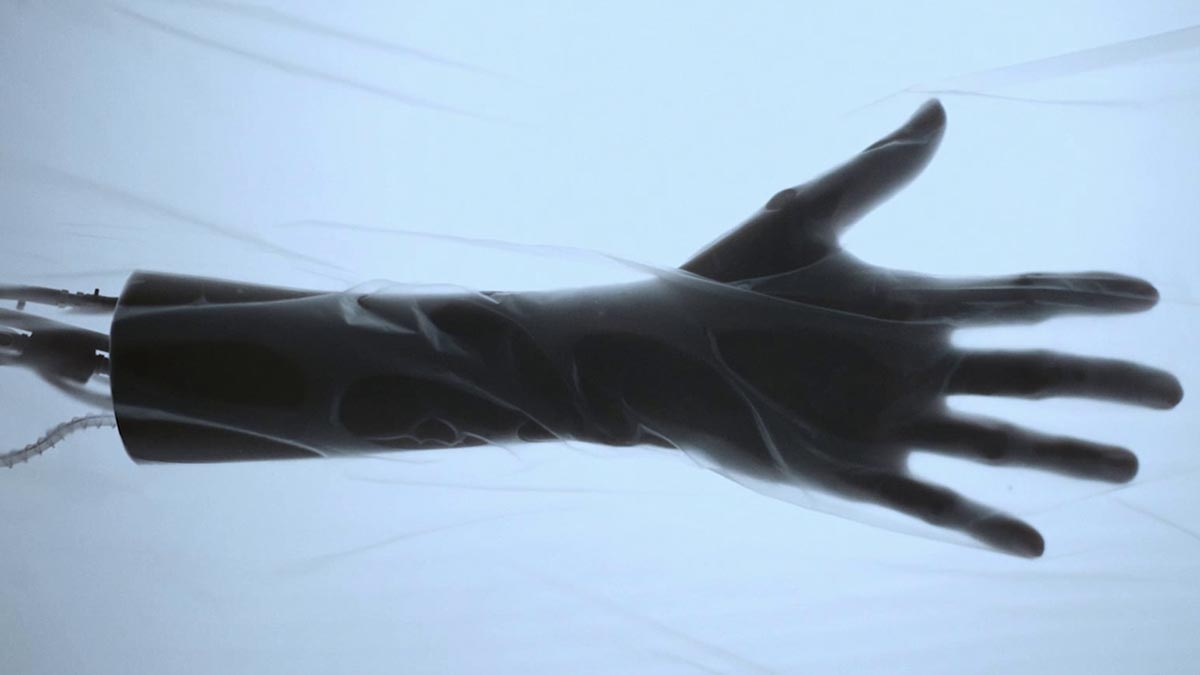In the year 2050, the system provides three pills to every elderly person, to be taken on their 70th birthday.
A longer film length often gives you that extra time to carefully define a character and a story. But a shorter film can allow you to be incredibly thorough with every single shot. Being able to achieving almost the same amount of depth, if not more. This is exactly what Finnish filmmaker Christian Wenger was able to create in his new sci-fi thriller ‘Three Pills’. With a limited budget, the team banked on a simplified storyline and an intricate photography to tell the story.
How Three Pills came about
The idea of our short came about last summer during a phone call with my mother, Veronika Herren. At the age of 74, she is still an active actress, hungry for the next big thing. During our phone calls, we talk about all kinds of film ideas. Most of them never see the light of day, but this one was different. We had this grotesque vision of how our overpopulated and aging world could look like in 2050. Would our system be able to support all of us? If not, would an elderly person’s life be equally valuable as that of a young person? I could literally see the film in front of my eyes, my mother playing the lead role.
After that magic phone call, the screenplay came together quickly and we were positive to shoot our short in October 2019. Unfortunately it turned out to be impossible to find a shooting location matching both vision and budget. I also had other work, so I couldn’t spend as much time on the project as I would have needed and wanted to. However it was the best thing that could have happened as it gave the opportunity to rethink and simplify the screenplay.
It wasn’t until December 2019, when I first time met DoP Matti Immonen, when things started to really happen. Matti’s unique style and fearless approach to experiment with our vision convinced me right away.
When we finally shot the film in January 2020, we had gathered an amazing team of professionals. Starting from the production design team with Heidi Wenger (Production Designer), Markus Mutanen (Set Designer/Props Master), Minna Lilja (Set Decorator), Teemu Åke (Rear projection designer), to the production team with Markus Palmen (1st AD), Pauli Boström (1st AC), Santeri Siirtonen (Gaffer), Sanna Liljamo (Make-up & hair), Joonas Kohonen (Best boy), and last but not least Aki Silventoinen (music composer/sound design) and Sarrah Wilkman (Colorist).
With such a dedicated team (and awesome mom), the production values come down to an astonishing level. It’s the incredible detail and immaculate lighting, particularly in the close up shots that make these two and a half minutes an immense pleasure to watch. Cinematographer Matti Immonen can altered and reinforced the story’s message through lighting and composition, which are elements of cinematic language that can bring films to a superior level.
Cinematographer Matti Immonen on visual approach and equipment
The story had to feel intimate and with so little time to build the character, it had to be achieved by other means. Contrasts between close-up shots of skin and the tightly confined space with candle light and the cold glow of the sharply shaped window are there to create some subliminal effect of intimacy. Contrasts of color, texture and shapes are an essential part of the film´s emotion. The sets were built in a studio so the challenge was to make the world of the film seem real. We wanted a look that feels analog and real and we didn’t have resources for extensive post work so we went with an old trick: rear projection. There´s s also a lot of practical lighting effects made with mirrors and gobos etc. The camera used was Canon C500 mk2 with new Canon cinema primes shot in Cinema RAW Lite. It proved itself as the perfect partner in a production like this mainly because of its sensitivity and compact size.
The main goal of the short
As a director, I wanted Three Pills to become a subtle sci-fi short, that gets under your skin while feeling present and real. It should captivate with strong visuals and story rather than try to impress with effects.
But ultimately, I wanted to create nostalgic timeless experience that reaches people in a digital connected world.




